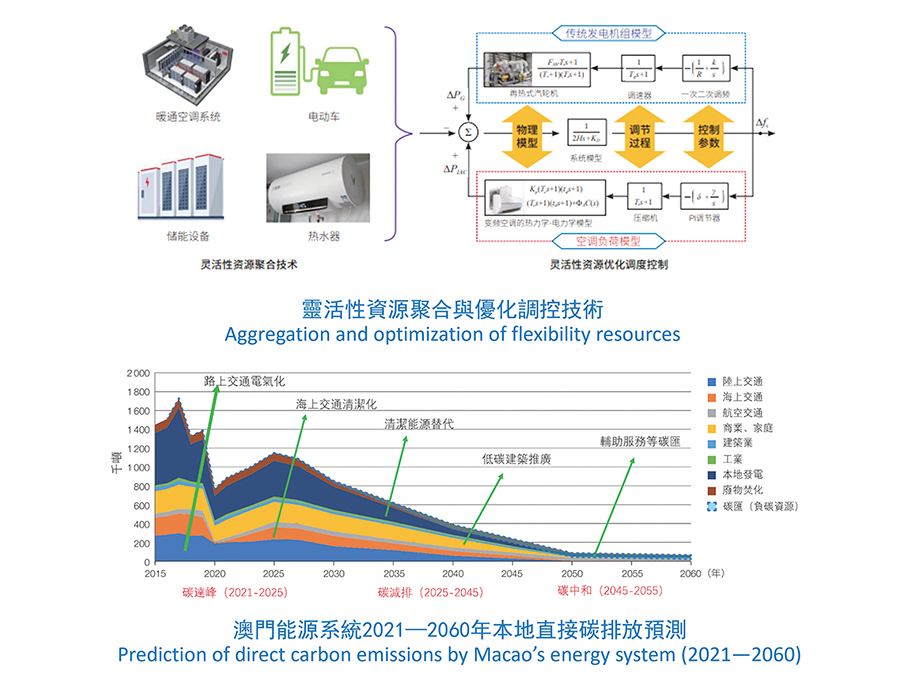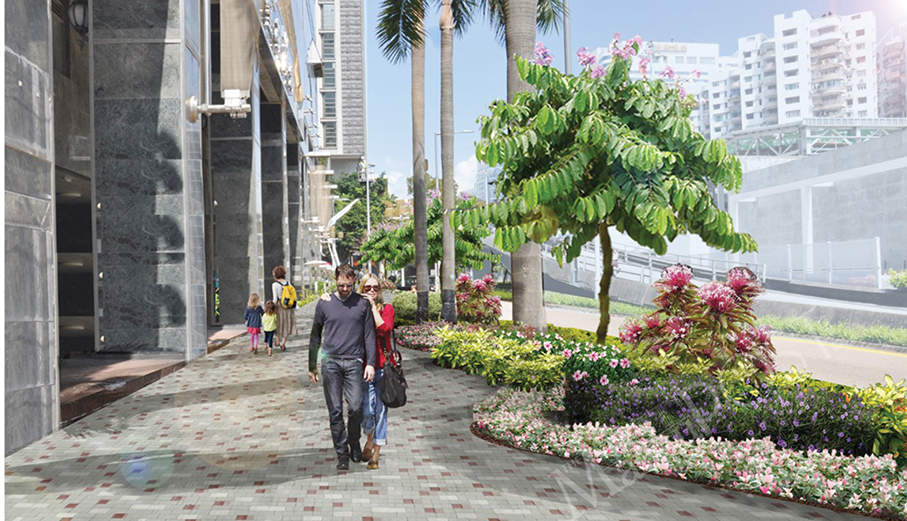A research team led by University of Macau (UM) Rector and Director Song Yonghua (aka Yonghua Song) at the State Key Laboratory of Internet of Things for Smart City (SKL-IOTSC) recently proposed technical pathways for accelerating the progress towards carbon neutrality in Macau’s energy system, according to a statement from the public university.
Titled “Typical Pathways towards Carbon Neutrality in Smart City Energy Systems: The Case of Macao”, the study was published in the Bulletin of Chinese Academy of Sciences, a media journal of the National Science Think Tank.
4 pathways
According to the statement, four technical pathways were suggested:
First, considering Macau’s high electricity consumption, the city should focus on “demand-side management” and reduce the city’s direct carbon emissions through technical means such as electrification of land transport are necessary, according to the statement.
Second, the statement said that regarding the urban land resources’ shortages, the effective use of space resources, e.g., urban buildings’ roofs, is needed to develop clean energy sources such as “distributed solar power generation” for a clean alternative to local power generation and to reduce the direct carbon emissions it brings.
Third, the statement added that concerning the “large amount of purchased electricity consumed”, Macau must “actively participate in green electricity trading and provide ancillary services in the electricity market of the China Southern Power Grid” to consume green electricity and offer “carbon sink resources for the external power grid” to take up more important responsibilities in the whole energy supply chain and achieve carbon neutrality.
Fourth, “the Internet of Things [IoT], big data, and artificial intelligence (AI) technologies must be used to achieve scientific planning, operation, and control of integrated urban energy systems, in order to support the effective integration and application of various urban carbon neutral technologies”, the statement pointed out.
Based on the four pathways, the statement noted that the team predicts that from 2025 onwards, the city’s direct local carbon emissions will fall each year with the promotion of technologies including the hydrogenation* of marine transport and low carbon buildings. Simultaneously, Macau’s electricity grid will start to provide “ancillary services to the China Southern Power Grid, resulting in a year-on-year increase in carbon sink resources”.
The statement noted that by around 2050, Macau’s direct local carbon emissions from fossil energy combustion “will be offset by the carbon sink resources it provides, achieving carbon neutrality in Macau’s local carbon emissions”. The statement added that since the local government can offer “economic incentives” for the local electricity grid to purchase green electricity from external sources, it is expected that Macau’s “indirect carbon emissions from external electricity purchases will be neutralised before 2050”.
The research team, according to the statement, “believes that Macau has the basic conditions to take the lead in achieving carbon neutrality among other cities” in the mainland. With the central and the local governments’ policy guidance, the public’s participation and support, and driven by advanced energy technologies, Macau “has the potential to develop into a pioneering demonstration city for carbon neutrality in China”.
The study’s authors are Prof. Song, Assistant Prof. Zhang Hongcai and PhD student Chen Ge. The study’s full version, in Chinese with an English abstract, can be viewed at http://www.bulletin.cas.cn/zgkxyyk/ch/reader/create_pdf.aspx?file_no=2022Y020&flag=1&year_id=&quarter_id=
* The chemical reaction of hydrogen with another substance, especially with an unsaturated organic compound, and usually under the influence of temperature, pressure and catalysts. Source: Wiktionary

This image provided by the University of Macau (UM) shows the aggregation and optimisation of flexibility resources (top) and the prediction of direct carbon emissions by Macau’s energy system (2021—2060) [bottom].





